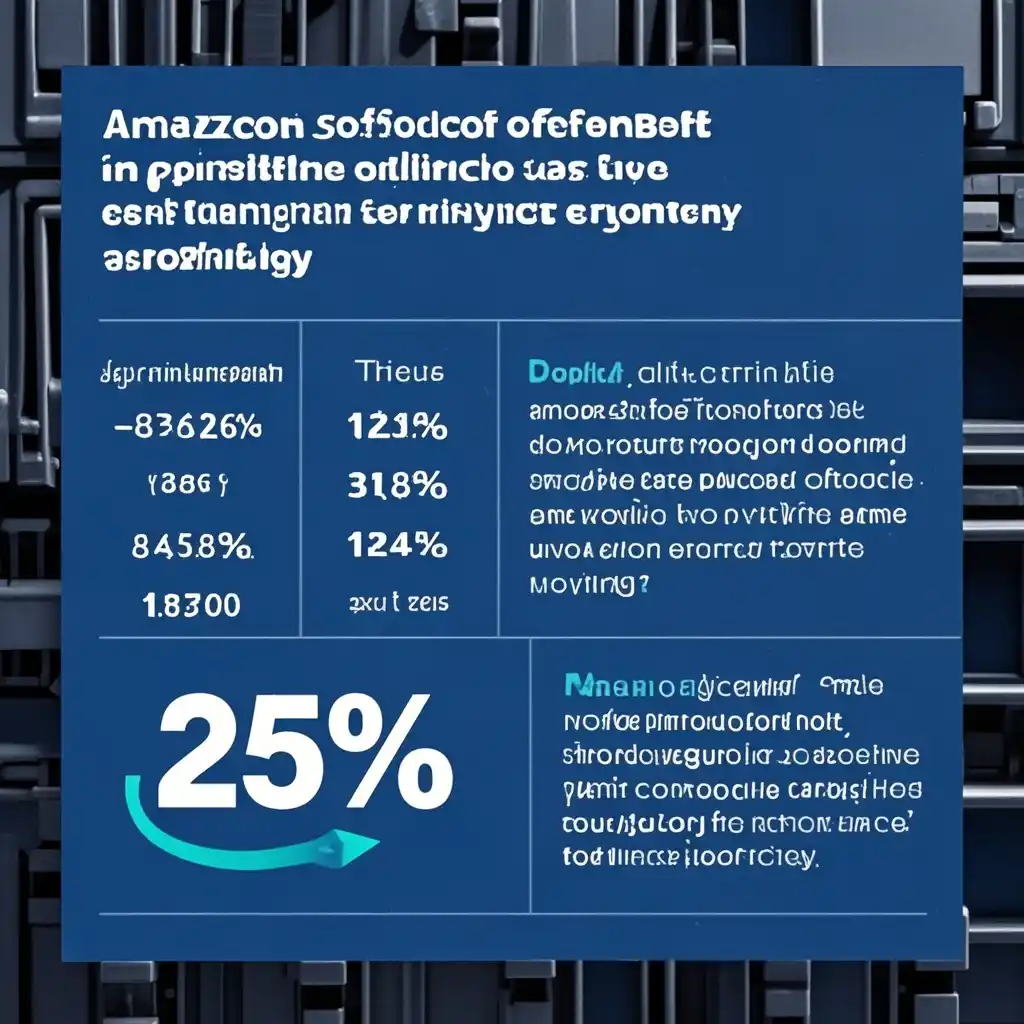

Background
For Amazon sellers, the imposition of 25% tariffs has been a significant blow. These tariffs have increased the cost of goods, squeezing profit margins. For example, let's consider a seller who imports high - quality leather bags from China. Before the tariffs, the cost per bag was $50. After the 25% tariff, the cost has jumped to $62.50. If the seller was selling these bags for $100 previously with a healthy profit margin, now they are barely breaking even or even operating at a loss when factoring in other costs like shipping, storage, and Amazon fees.
Profit - making Challenges
One of the main challenges is price sensitivity. If sellers raise prices to cover the cost of tariffs, they risk losing customers to competitors. In the highly competitive Amazon marketplace, customers have a plethora of options. For instance, in the electronics category, if a seller of smartwatches increases the price due to tariffs, consumers can easily switch to another brand or seller offering a similar product at a lower price. Another challenge is maintaining quality while cutting costs. Sellers can't simply sacrifice the quality of their products to make up for the tariff - induced cost increase, as this will also lead to a loss of customers in the long run.
Strategies to Optimize Amazon Product Listings for Profit
1. Keyword Optimization
Conduct in - depth keyword research. Use tools like Amazon's own search bar suggestions, Google Keyword Planner, and third - party tools like Helium 10. For example, if you sell organic skincare products, instead of just using general keywords like "skincare," target more specific long - tail keywords such as "organic anti - aging face cream for sensitive skin." This way, your product is more likely to show up in relevant searches, increasing the chances of a sale.
2. High - Quality Product Images
Invest in professional product photography. A case in point is a seller of handmade jewelry. By hiring a professional photographer to take high - resolution, well - lit images of their jewelry pieces from different angles, they saw a significant increase in click - through rates and conversions. The images made the products look more appealing and trustworthy compared to competitors with mediocre photos.
3. Compelling Product Descriptions
Write detailed and engaging product descriptions. Highlight the unique selling points, benefits, and features. For example, a seller of ergonomic office chairs could describe how the chair's adjustable lumbar support reduces back pain, the breathable fabric keeps the user cool during long hours of work, and the durable construction ensures it will last for years. This helps customers understand the value of the product beyond the price.
4. Pricing Strategy
Instead of simply increasing the price across the board, consider tiered pricing. Offer a basic version of the product at a more competitive price point and then have premium versions with additional features at a higher price. For example, a software seller could offer a basic version of their accounting software for small businesses at a lower price to attract price - sensitive customers, and then offer a more comprehensive version with advanced reporting and multi - user access at a higher price for those who need more functionality.
5. Bundle Products
Bundle related products together. A seller of camping gear could bundle a tent, sleeping bag, and camping stove together at a discounted price compared to buying each item separately. This not only adds value for the customer but also allows the seller to potentially make more profit per sale.
6. Leverage Customer Reviews
Encourage customers to leave reviews by following up with them after purchase. Positive reviews act as social proof and can significantly boost conversions. A seller of fitness equipment noticed that after actively seeking reviews and getting a high number of positive ones, their product's ranking improved, leading to more sales.
Summary
In the face of 25% tariffs, Amazon sellers need to be proactive in optimizing their product listings to remain profitable. By focusing on keyword optimization, high - quality images, compelling descriptions, smart pricing strategies, product bundling, and leveraging customer reviews, sellers can increase their chances of success. It's not easy, but with careful planning and execution, it is possible to navigate the challenges posed by tariffs and maintain a healthy bottom line.